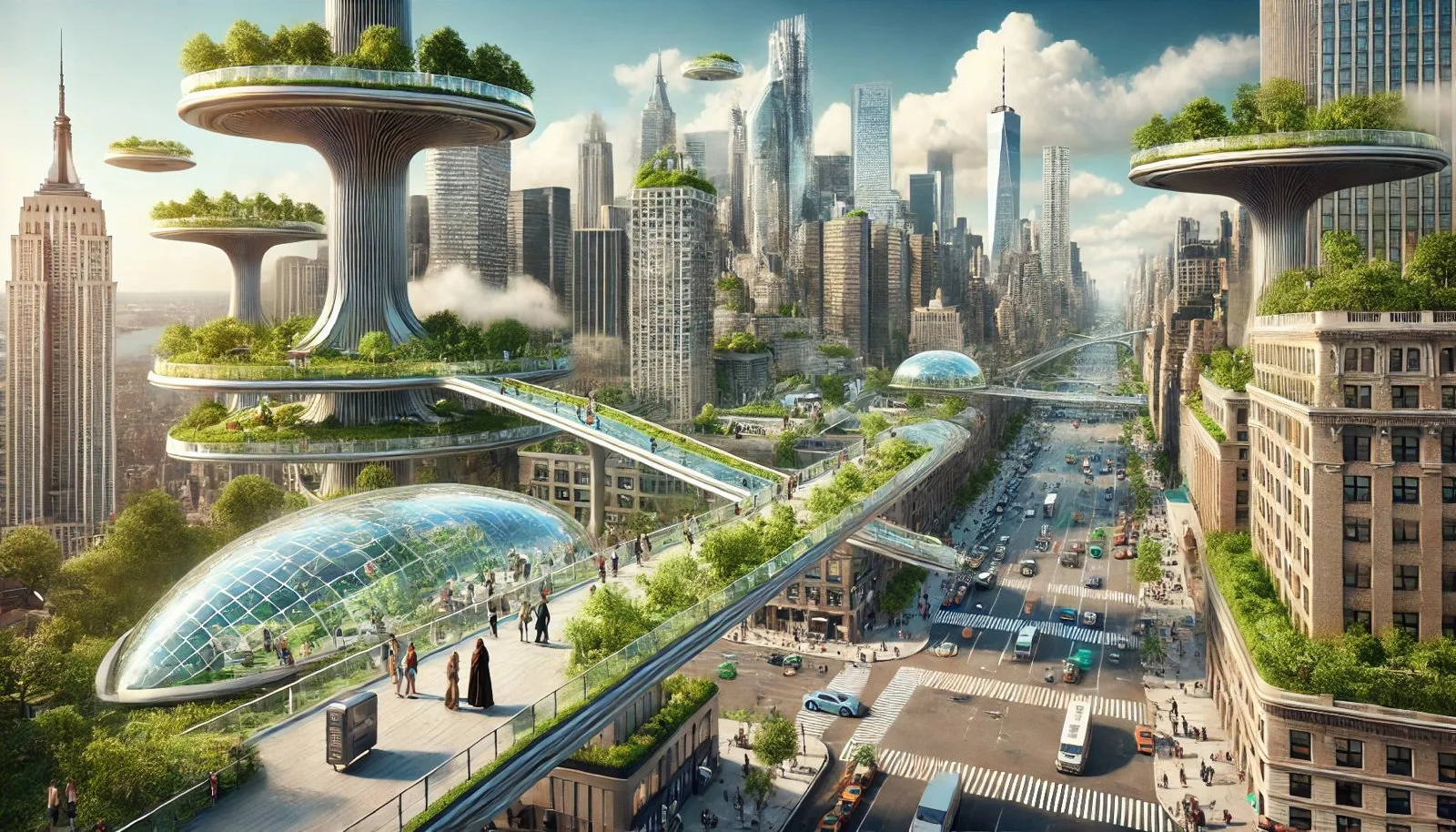What will happen to New York in 2050?
As we gaze into the crystal ball and look ahead towards 2050, New York City stands at this crossroads of opportunity and challenge. Its future is, inextricably wedded to the effects climate change, urban development, and social dynamics. If one wishes to know more about what's in store then one must look at changing sea levels, changing climatic conditions, and adaptive infrastructural changes.
Climate Change and Sea Level Rise
One of the primary threats that New York City faces is the rising of the sea level. There is a projection that this sea level will rise within the range of 8 inches to 30 inches by the 2050s due to changes in climate, which consequently affects low-lying parts of the city in an enormous way. It's not a theoretical matter-the 1 million residents already living in or near flood-prone areas could balloon to 2.2 million as risks of flooding rise. Such changes have far-reaching implications. Areas such as Brooklyn and parts of Manhattan could continue experiencing increased flooding with every increase in high tides and storm surges, therefore increasing the cause of more frequent and more massive disruptions. Events such as Hurricane Sandy in 2012 are a stark reminder of the havoc rain or other extreme weather events can unleash; such events are likely to increase with the further deterioration of the climate.
Urban Infrastructure and Adaptation Strategies
New York City has taken several adaptation measures to address these challenges in the face of climate change. The city will spend lavishly on green infrastructure that involves creating permeable surfaces that can absorb water, thus reducing the risks of flooding. In addition, new building codes have elevated foundations for residential structures that are constructed in flood-prone areas, which protects them from rising waters.
However, such measures cannot ensure complete safety to all the neighborhoods. Experts opine that although the barriers with other infrastructure development will at least provide some kind of security to lower Manhattan, innumerable places will not be protected. A long-term plan for the state of New York to build giant sea gates across the New York Harbor has already been proposed, but any funding and timeline for it is still unclear.
Social Implications and Economic Disparities
But surely the social impacts of such environmental changes are not to be ignored. Already many of the residents living in flood-prone areas have been described as low-income households, which makes it problematic to afford the investments necessary to make their homes flood-proof. Climate change will amplify all the economic disparities that already exist, and New York's city planners and policymakers should come up with equity solutions that cater to the needs of all New Yorkers.
Besides, community involvement will be essential in establishing the future resilience of the city. Adaptation planning should consider local organizations in order to ensure that other voices are heard and in order to tailor solutions specific to different neighborhoods.
Looking Ahead: The Role of Community Services
During such a critical time in the lead up to 2050, services like Move Out Cleaning Service NYC would be essential to help individuals move in or out of homes as the conditions continue to change. Services could help people cope with living spaces better while they do not know what the future holds.
While climate change and urban pressures present challenges, the future for New York City in 2050 is one full of innovation opportunities and resilience.
Conclusion
Focusing on sustainable infrastructure involving community participation in planning and equal access to necessary resources, New York will emerge as a strong city from these trials. As we gear up for this future, services like Move Out Cleaning Service NYC will remain a very important part of the process in helping residents get adapted to their changing surroundings. Thus, New York City's course toward 2050 will be determined by the actions taken against climate change impacts such as rising sea levels and extreme weather events. Sustainable urban planning and community engagement can help in creating a resilient future for all of its inhabitants.
